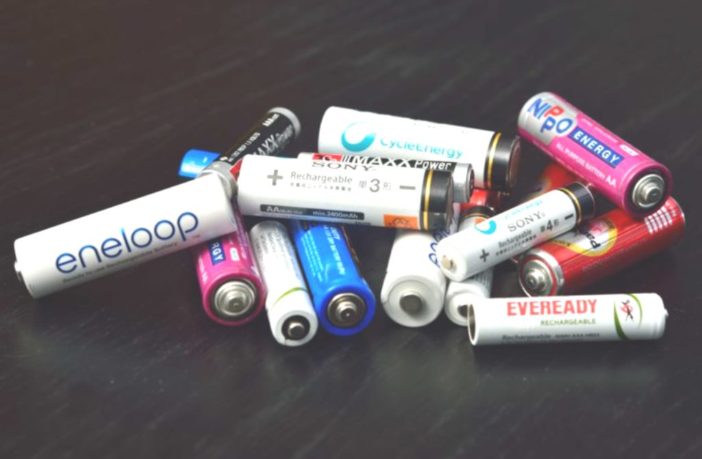Attention all battery lovers — technically (fitting, isn’t it?) all tech lovers — a new battery can run on temperatures as cold as -70 degrees Celsius. That means you don’t have to deal with the inconvenience of drained batteries in cold weather again. But don’t throw out your blankets just yet because the battery won’t be on the shelves until it’s been perfected.
The Research and its Potential Benefits:
Researchers in China developed organic compound electrodes that are able to perform at freezing temperatures, and far outweighs the temperature at which lithium-ion batteries function. This could be huge because their findings could allow engineers to develop batteries that can withstand some of the coldest temperatures and regions on Earth. In Canada and Russia, temperatures can be lower than -50 degrees Celsius at times.
How Typical Batteries Operate in The Cold:
Most batteries can operate at relatively cold climates, and can retain 50 per cent of their optimal levels when the temperature hits -20 degrees Celsius. It’s not exactly impressive, but it does do most of its job. By the time temperatures dip down to -40 degrees Celsius, though, lithium-ion batteries only have 12 per cent of their room temperature capacity.
While this might inconvenience us, astronauts in space are almost troubled by it. Temperatures in space can go as low as -57 degrees Celsius. So in essence, standard batteries are useless.

How Temperatures Affect Traditional Batteries:
The electrolyte is the chemical that carries ions between electrodes. Electrodes comprise of the positively charged cathode and negatively charged anode. Both electrodes and electrolytes greatly determine battery performance. When it gets cold the traditional electrolytes in lithium-ion batteries become slower. The electrochemical reactions that occur between the electrolyte and the electrode struggle to function.
Team Experiments:
The team experimented with an ester (ethyl acetate)- based electrolyte, which has a low freezing point. This allows it to conduct a charge at very low temperatures.
For the electrodes they used two organic compounds:
- A polytriphenylamine cathode
- A NTCDA – derived polyimide anode
Now you might be thinking, that sounds impressive and all, but what does this mean? Admittedly, you’re not alone in the confusion.
What Makes These Electrodes Different?
Well, unlike the electrodes found in lithium-ion batteries, these compounds do not rely on a process of continuous integration of ions into their molecular “matrix.” This differs from other attempts at increasing the batteries abilities to function in freezing temperatures because it eliminates extra weight that would typically be used in alternative methods.
There Are Other Benefits, Too:
Organic materials are in abundance, inexpensive, and good for our planet. Estimates on the price of the electrode materials are around one third of the price of electrodes in a lithium-ion battery today. As consumers have seen, only time (and policies) will tell if a method like this will come to market fruition. It might just be reserved for the books.





1 Comment
Thanks for sharing